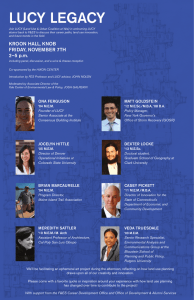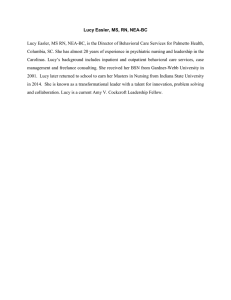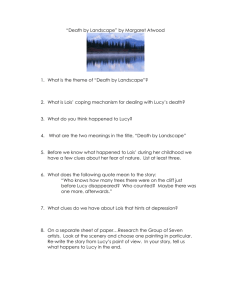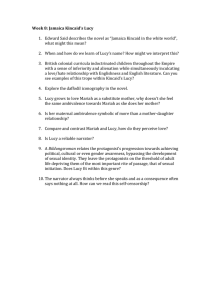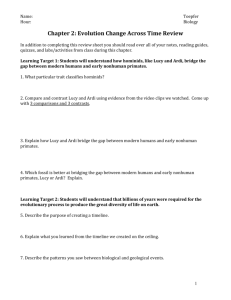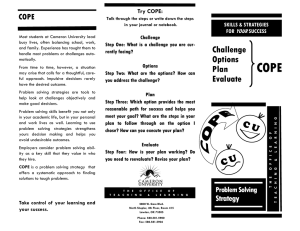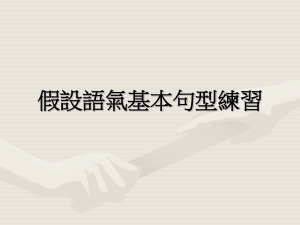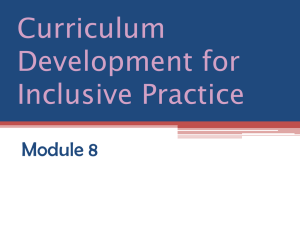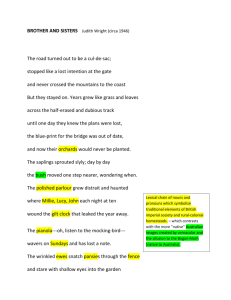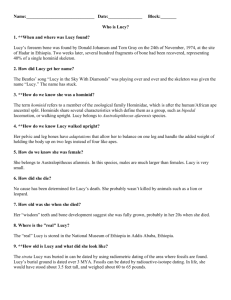File
advertisement
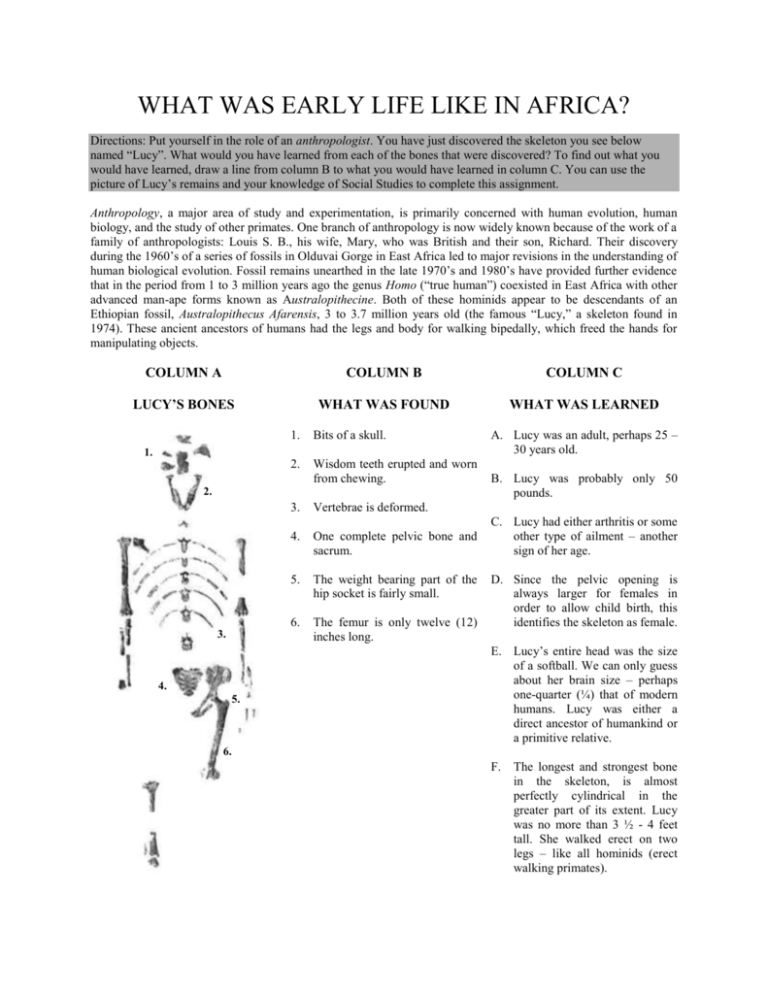
WHAT WAS EARLY LIFE LIKE IN AFRICA? Directions: Put yourself in the role of an anthropologist. You have just discovered the skeleton you see below named “Lucy”. What would you have learned from each of the bones that were discovered? To find out what you would have learned, draw a line from column B to what you would have learned in column C. You can use the picture of Lucy’s remains and your knowledge of Social Studies to complete this assignment. Anthropology, a major area of study and experimentation, is primarily concerned with human evolution, human biology, and the study of other primates. One branch of anthropology is now widely known because of the work of a family of anthropologists: Louis S. B., his wife, Mary, who was British and their son, Richard. Their discovery during the 1960’s of a series of fossils in Olduvai Gorge in East Africa led to major revisions in the understanding of human biological evolution. Fossil remains unearthed in the late 1970’s and 1980’s have provided further evidence that in the period from 1 to 3 million years ago the genus Homo (“true human”) coexisted in East Africa with other advanced man-ape forms known as Australopithecine. Both of these hominids appear to be descendants of an Ethiopian fossil, Australopithecus Afarensis, 3 to 3.7 million years old (the famous “Lucy,” a skeleton found in 1974). These ancient ancestors of humans had the legs and body for walking bipedally, which freed the hands for manipulating objects. COLUMN A COLUMN B COLUMN C LUCY’S BONES WHAT WAS FOUND WHAT WAS LEARNED 1. Bits of a skull. 2. Wisdom teeth erupted and worn from chewing. 1. 2. 3. 4. 5. 3. Vertebrae is deformed. 4. One complete pelvic bone and sacrum. 5. The weight bearing part of the hip socket is fairly small. 6. The femur is only twelve (12) inches long. A. Lucy was an adult, perhaps 25 – 30 years old. B. Lucy was probably only 50 pounds. C. Lucy had either arthritis or some other type of ailment – another sign of her age. D. Since the pelvic opening is always larger for females in order to allow child birth, this identifies the skeleton as female. E. Lucy’s entire head was the size of a softball. We can only guess about her brain size – perhaps one-quarter (¼) that of modern humans. Lucy was either a direct ancestor of humankind or a primitive relative. 6. F. The longest and strongest bone in the skeleton, is almost perfectly cylindrical in the greater part of its extent. Lucy was no more than 3 ½ - 4 feet tall. She walked erect on two legs – like all hominids (erect walking primates).
